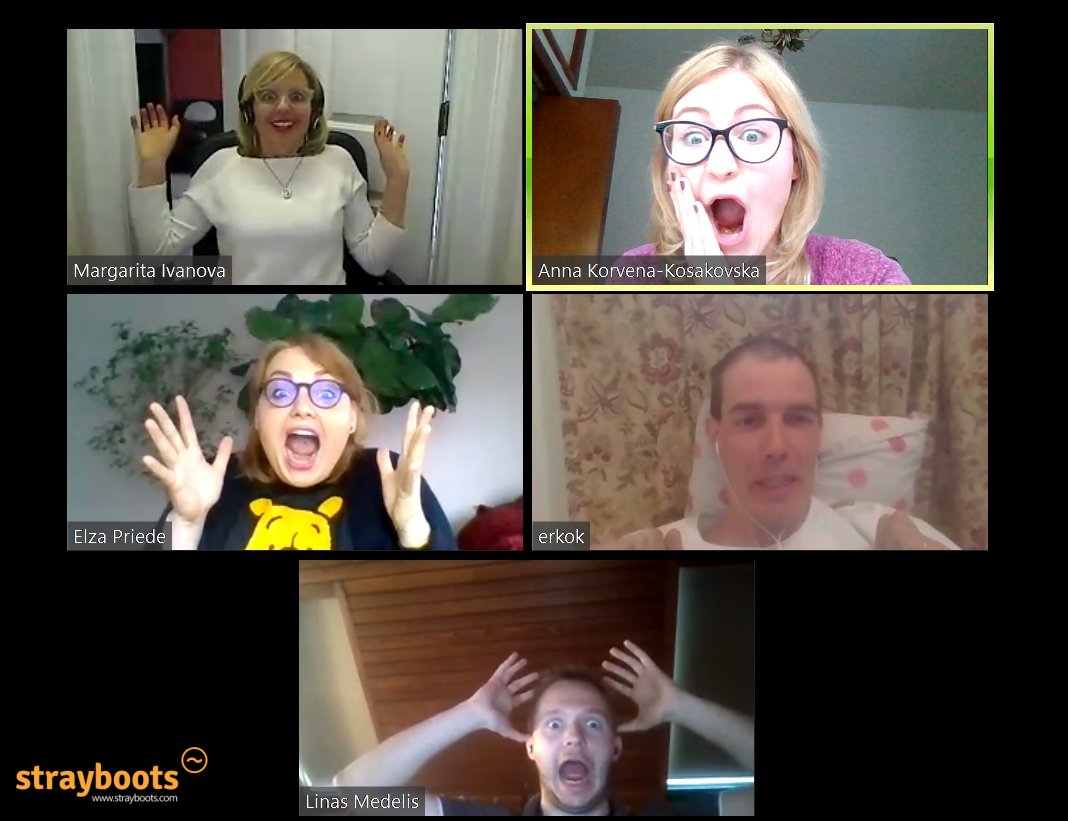What is virtual onboarding?
Hiring in this current climate can be both difficult and unfamiliar, with the impact of the Covid-19 pandemic still sweeping through the global workforce. Today, it is more important than ever to be able to onboard new employees safely, quickly, and efficiently.
An effective onboarding program boosts productivity, engagement, and retention. In brand-new situations, people feel vulnerable. A new hire can feel the same anxiety that a student feels switching schools: How will I make friends when these people all know one another? A good onboarding program will ease the jitters and squash the concerns.
Before, a manager could make frequent stops at a new hire’s desk to see how they’re doing. Now, managers can stay connected with them through email, chat, and videoconferencing.
What is the Goal of Onboarding and some potential failures?
While you don’t want to overwhelm your onboarding cohort, you do want them to feel welcomed and certain that they’re getting the tools and instructions needed to navigate the road ahead. The goal of virtual onboarding remains the same as it was when you got to sit across the table from new hires:
- Get them familiar with your company, mission, and values
- Make them feel welcomed and included
- Connect them with their bosses and colleagues
- Give them tools and training to be effective.
Some potential fallbacks of virtual onboarding are:
- Loss of company culture, causing ambivalence about the company, its goals, values, attitudes, and practices
- Lack of connection, leading to division, confusion, and uncertainty of the employer’s expectations
- Physical isolation and no personal relationships with colleagues
- Breakdown of communication if procedures, systems, and software tools aren’t implemented
Here’s where Strayboots can help your Orientation!
When it comes to keeping employees happy and engaged, company culture is king — and queen. A LinkedIn survey of over 3,000 U.S. professionals found that 70% said they would leave a leading company if it had a bad culture. Some 71% said they would take a pay cut to work for a company that shares their values and has a mission they believe in. Companies that nail onboarding will have better engagement, retention, and talent branding. And there’s almost nothing that will turn new hires into enthusiastic company ambassadors as much as seeing your team putting in extra effort to make them feel welcomed and valued.

So how do I start my virtual onboarding strategy?
Here’s a rundown of things to include in your virtual onboarding checklist:
- Virtual onboarding map – This will lay the foundation of the entire onboarding process. Use it to identify, organize, and monitor the tools and systems that new employees need as they start working until they fully assimilate their role in the company.
- Orientation schedule – Depending on the duration of the onboarding process, your orientation schedule may contain a timeline of activities spread across a weekly, monthly, quarterly, or semi-annual basis.
- Channels of communication – For easier communication and collaboration with the new members, they should be added to the company’s communication channels like the intranet, messaging apps, and email groups. You’ll need help from your IT department to ensure that log-in credentials are issued before their start date.
- Mentors – New employees could use the help of a virtual mentor who would work closely with them so they won’t feel neglected or ignored. The designated mentor could be a senior member of the team who can share valuable tips and advice to newbies, including who to contact when they need help on specific projects.
- Pre-recorded instructional videos – These e-learning videos should walk through new employees on key information about the organization: company history, organizational structure, an overview of teams or departments, workflows, product and services, and so on.
- Welcome care package – This could be a collection of work-related documents in PDF, a link to training videos or webinars, or even welcome messages from the team—all sent electronically. You could even have branded stuff or free goodies delivered to your new employees to help them with first-day anxieties. We always like the ideas from Snacknation: https://snacknation.com/blog/gifts-for-employees/
- Strayboots Bootscamp software- Bootscamp is a subscription service that enables you to teach new team members in a memorable and productive way. We’ll discuss it more later!
How Does Onboarding Virtually Work?
Like most HR-related elements, virtual onboarding needs to progress as the workplace does. You’ll want to make it more effective and aligned with business and staffing needs over time. So you’ll need feedback. Find out what new hires think after they aren’t so new anymore.
Setting up and coordinating a good employee boot camp takes quite a bit of time and resources to do.
As it touches so many aspects of the organization, if something gets lost in the shuffle, it can have a negative impact on the first few weeks for new hires.
A gamified virtual onboarding program like Bootscamp is a series of tasks and questions designed to expose new hires to all areas of the company – Company Goals, Systems, Technology, Safety, etc. The most valuable part however is the high-level knowledge of the company.

What is Bootscamp?
Bootscamp takes the dull process of onboarding and turns it into an interactive, fun, and edifying experience. This improves engagement, adoption, loyalty, and collaboration. We help reinforce key learning objectives. Easily integrated into any new employee onboarding program, the game helps new employees move while they learn, virtually interact with key personnel, and provide a memorable way to kick off an employment relationship.
We take care of building your program, soup to nuts, and your content is fully branded. Plus, the experiences can be cloud-based, so employees don’t need to download specialized apps, or they can be built within your company’s networks.
In addition, our software makes gathering intelligence easy; want to know which questions keep tripping people up and which knowledge checks need revisiting more often than others? We give you this critical feedback. This information is critical to make sure new employees have all the skills they need to effectively do their jobs and enjoy what they do.
So what are you waiting for?



